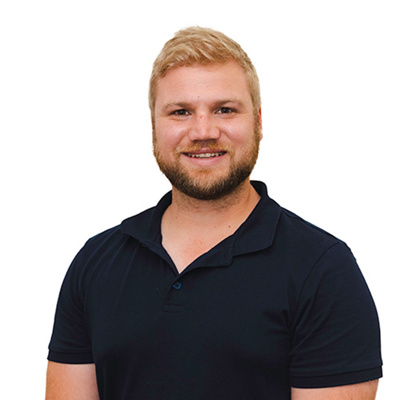Question 1: What is bad posture and what are the negative effects of bad posture?
“Bad posture” refers to prolonged incorrect postural patterns in sitting, standing, walking, and sleeping. It’s likely that most people have incorrect postural patterns due to lifestyle habits which mainly lead to chronic pain. So, having a “bad” posture is not only part of natural ageing.
The most commonly affected areas are the neck and shoulders, the lower back and hips. Pain in these areas, along with headaches, altered breathing, affected gut health and low energy levels are the main negative effects of prolonged incorrect postures.
Question 2: What are the benefits of correct posture?
Chronic pain relief, secondary health issues prevention, improved breathing, lower stress levels, stronger muscles, better alignments, and better mood.
Question 3: What is the perfect posture / how can you correct bad posture?
It varies from body to body but the main guidelines are as follows: stand or sit up straight, shoulders should be squared to the back slightly depressed, chest should be open, with a small C shaped curvature in your neck and lower spine. Advice is to avoid slouching and don’t sit, stand or bend for prolonged periods.
Question 4: How long does it take to correct bad posture?
Strengthening of muscles takes six weeks. Breaking a habit takes 2-4 weeks depending on the patient’s active awareness of the problem and if he wants to fix it.
Bad habits may affect a patient’s pain, namely long work hours, lack of exercise, poor sleep and high stress levels.
Taping for postural awareness, reminders in one’s phone, a little sticker on a device are good visual reminders of correcting one’s posture.
Ideally, strengthen your moving and your stabilizing muscles and visit a physiotherapist for an individual assessment of what is going on in your body.
Question 5: What is the “core”?
The core is the critical central group of muscles in our torso that support our upright position and provide a stable base from which our limbs can move such as abdominal muscles, pelvis, lower back, glutes and oblique muscles.

